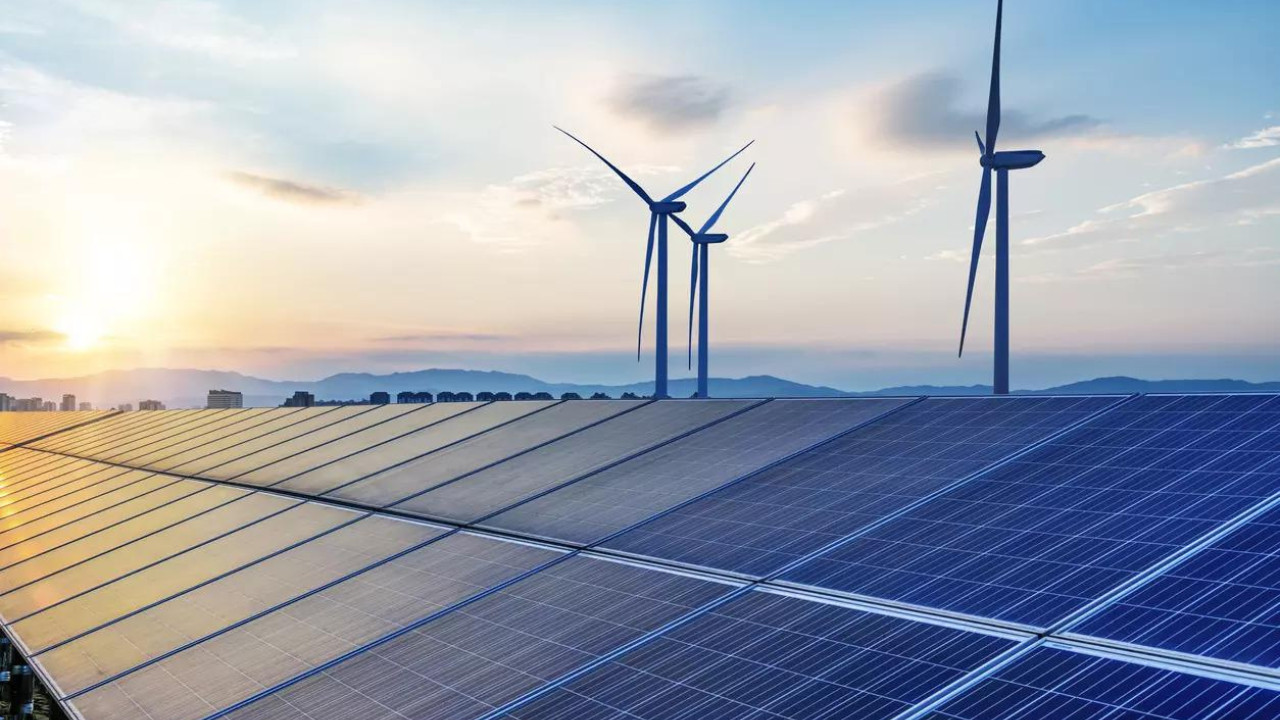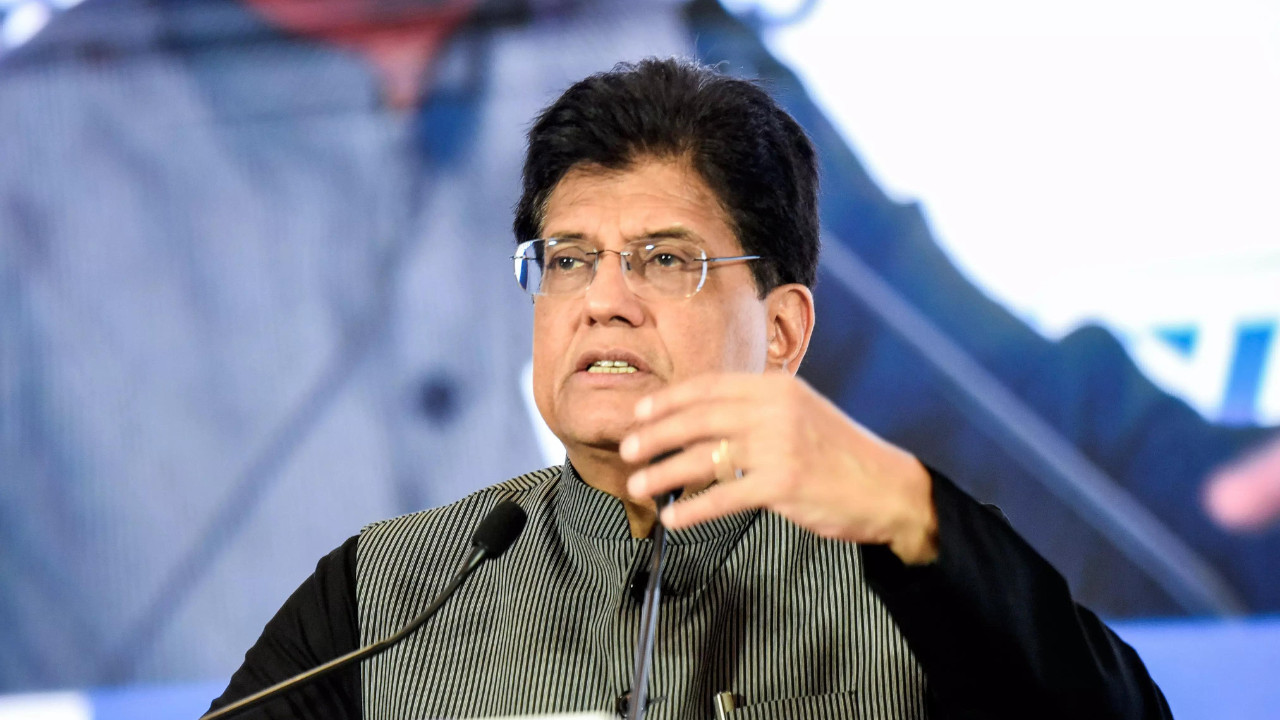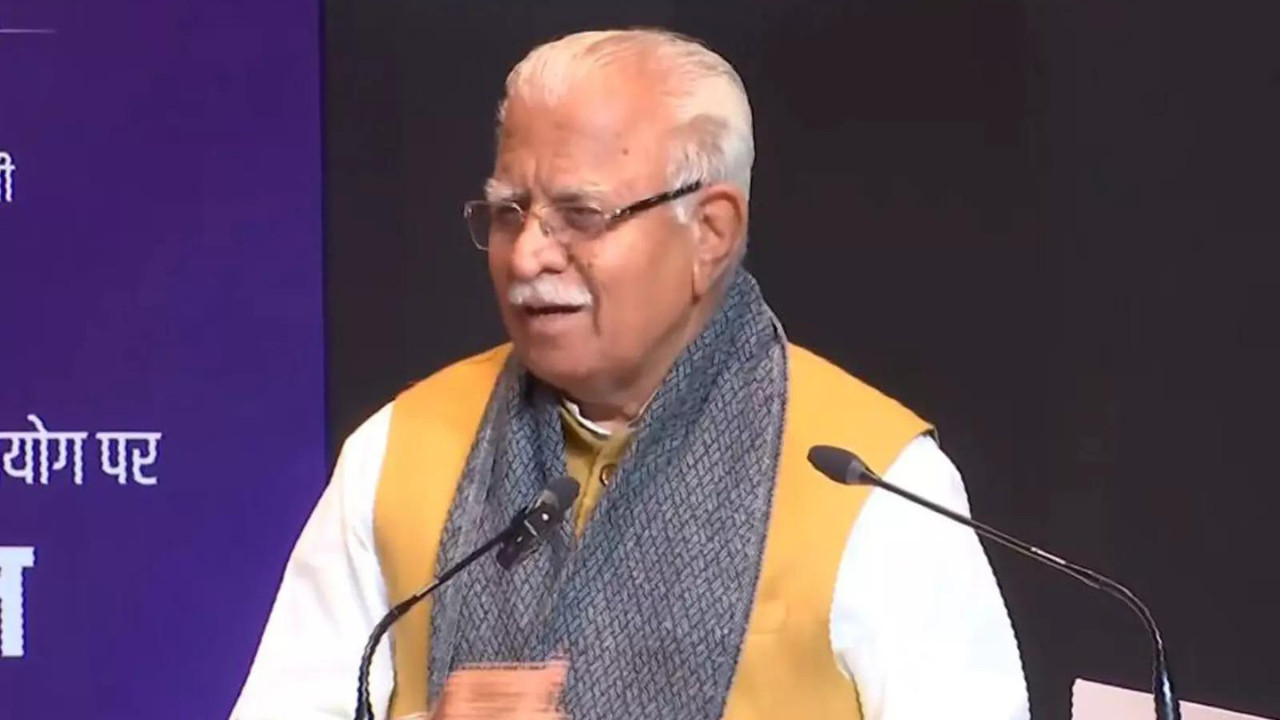Pakistan’s public debt surged to $286.832 billion by June 2025, a nearly 13% increase from the previous year, pushing the debt-to-GDP ratio to 70%. This rise is attributed to lower-than-expected GDP growth and subdued inflation. Despite these challenges, the economy shows signs of recovery with IMF support and improved external reserves.
Pakistan’s Economy: A Tightrope Walk on Debt
Pakistan’s economic landscape is facing turbulent times. The nation is grappling with a substantial public debt burden, which has now ballooned to a staggering $286.8 billion. This escalating debt is casting a long shadow over the country’s financial stability and future economic prospects, demanding careful consideration and strategic solutions.
Understanding Pakistan’s Rising Debt
The sheer magnitude of Pakistan’s debt is a significant concern. When weighed against the country’s Gross Domestic Product (GDP), the debt-to-GDP ratio has now crossed the 70% threshold. This ratio is a critical indicator of a nation’s ability to manage its debt obligations. A high ratio signals potential difficulties in repaying debts, as it implies a larger portion of the country’s economic output needs to be directed towards debt servicing rather than vital areas like infrastructure, healthcare, and education.
This escalating debt is fueled by a complex interplay of factors. Historically, Pakistan has relied heavily on external borrowing to finance its development projects and address fiscal deficits. Recurring trade imbalances, where imports consistently outweigh exports, further exacerbate the situation. Add to this the fluctuations in global commodity prices and the impact of unforeseen events like the recent floods, and you have a recipe for a challenging economic situation.

The Impact on Daily Life
The impact of this debt crisis is far-reaching and directly affects the lives of ordinary Pakistanis. Increased debt servicing obligations leave fewer resources for essential public services. This can translate to underfunded schools, strained healthcare systems, and inadequate infrastructure, hindering overall development and quality of life.
Furthermore, a struggling economy can lead to job losses, decreased purchasing power, and increased inflation. These factors contribute to economic insecurity and social unrest, creating a vicious cycle of instability. Navigating this requires not just economic reforms but also strong social safety nets.
Potential Pathways Forward for Pakistan’s Economy
The road to economic recovery will require a multi-pronged approach. Pakistan needs to prioritize fiscal discipline, focusing on reducing unnecessary expenditures and increasing revenue generation. Tax reforms, aimed at broadening the tax base and improving collection efficiency, are crucial. Encouraging domestic and foreign investment is also key to boosting economic growth and creating employment opportunities. Streamlining regulations and creating a business-friendly environment can attract much-needed capital.
Investing in export-oriented industries and diversifying the export basket can help address the trade imbalance. Promoting sectors like information technology, textiles, and agriculture can boost exports and reduce reliance on imports. This strategy not only strengthens the economy but also makes it more resilient to global economic shocks.
Structural reforms, encompassing areas like energy, governance, and education, are equally important. Addressing inefficiencies in the energy sector, improving governance structures, and investing in human capital can unlock the country’s economic potential. A skilled and educated workforce is essential for driving innovation and competitiveness.
Regional Implications
Pakistan’s economic stability has ramifications beyond its borders. As a major player in South Asia, its economic health can influence regional trade, investment flows, and overall stability. A struggling economy can create spillover effects, impacting neighboring countries and regional economic integration efforts. International cooperation and support are crucial in helping Pakistan navigate its economic challenges. Collaborative efforts can focus on providing financial assistance, technical expertise, and facilitating trade and investment opportunities.
For example, strengthening ties within the South Asian Association for Regional Cooperation (SAARC) could boost intra-regional trade. See our recent article on [SAARC trade potential](/saarc-trade).
Navigating the Future
Pakistan’s current economic predicament presents a formidable challenge, but also an opportunity for transformative change. Addressing the debt crisis requires a comprehensive strategy that encompasses fiscal discipline, structural reforms, and international cooperation. The path forward demands strong political will, effective governance, and a commitment to sustainable and inclusive growth. The future of Pakistan’s economy hinges on its ability to navigate these challenges and chart a course towards greater financial stability and prosperity. While the journey is likely to be complex and demanding, with a focused and determined approach, a brighter economic future is within reach.







